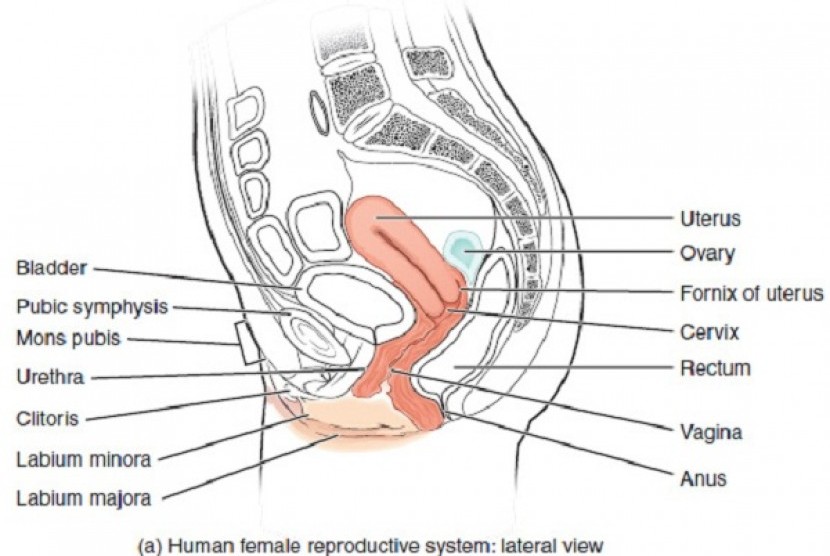REPUBLIKA.CO.ID, TRENTON -- US regulators on Monday strengthened their warning against use of a once-popular device for gynecologic surgery that can spread unsuspected cancer, saying its risk is only justified in a fraction of patients.
The Food and Drug Administration updated its April safety warning, saying doctors should not use the devices, called laparoscopic power morcellators, for performing a hysterectomy or removing uterine fibroids "in the vast majority of women."
The FDA's Dr. William Maisel said there are safer options for the procedures for most patients. But he said the device may be appropriate for a small number of women who need to have fibroids removed, but want to protect their uterus in case they decide to have a baby in the future. Fibroids are benign, but sometimes painful, tumors in the wall of the uterus.
Maisel said the FDA is recommending that makers of laparoscopic power morcellators immediately include in the detailed product guide new safety information: a boxed warning on the risks and two contraindications on when the devices should never be used, which would cover most patient cases.
"The FDA's primary concern is the safety of patients," Maisel told reporters during a teleconference. "We want all women with uterine fibroids to be aware of this risk."
Fibroids are relatively common in older women, but generally don't have to be removed if they're not causing problems such as excessive menstrual bleeding, pain and anemia.
Power morcellators had become popular because they enable removal of fibroids, or the entire uterus, with less-invasive surgery. They function something like a hand blender, chopping tissue inside the abdomen into tiny pieces that can be removed through keyhole incisions, rather than having to cut open the abdomen or remove the uterus through the vagina. But the procedure can free cancer cells lurking in the uterus or in fibroids, spreading them to multiple parts of the abdomen.



